July 28, 2021
July 16, 2021
July 13, 2021
July 7, 2021
July 3, 2021
July 28 2021
July 28, 2021
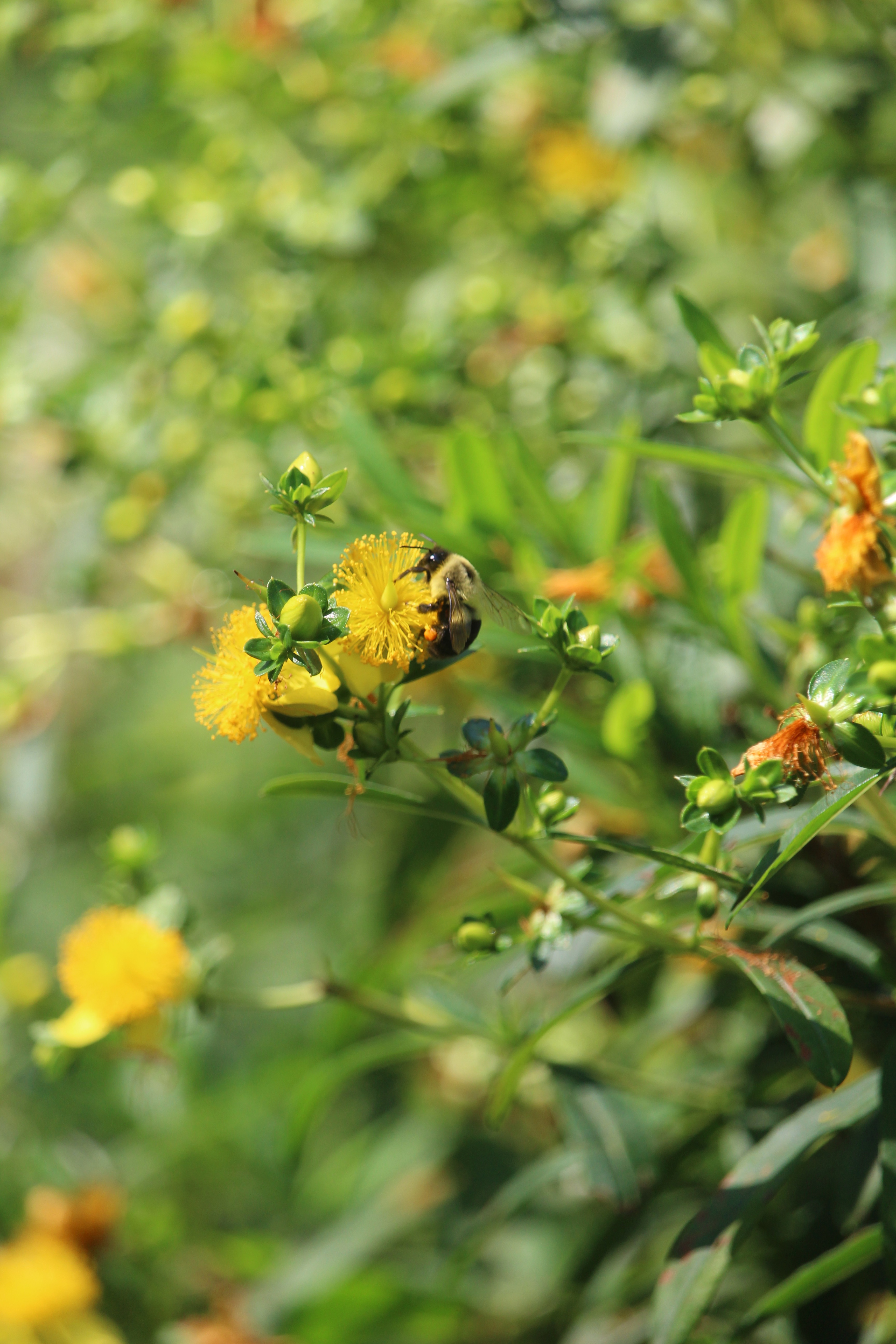
Catherine Boston
This is my last blog post and, as I reflect on all that I have learned at Ivy Creek over the past two years, one fun fact is that an experienced beekeeper can apparently tell what flower a bee has visited by the color of the pollen they bring back to the hive. No need for guesswork in this image of a bumblebee at the shrubby St Johnswort in the Ivy Creek Pollinator garden.
Thank you to everyone who has shared photos and experiences with me for this blog and for all of you who continue to visit ICNA/RVF and support it so that it can continue to be a space of learning and community into the future. Keep your eyes on this space for a continuing visual record as this future unfolds.
--Catherine
July 16 2021
July 16, 2021
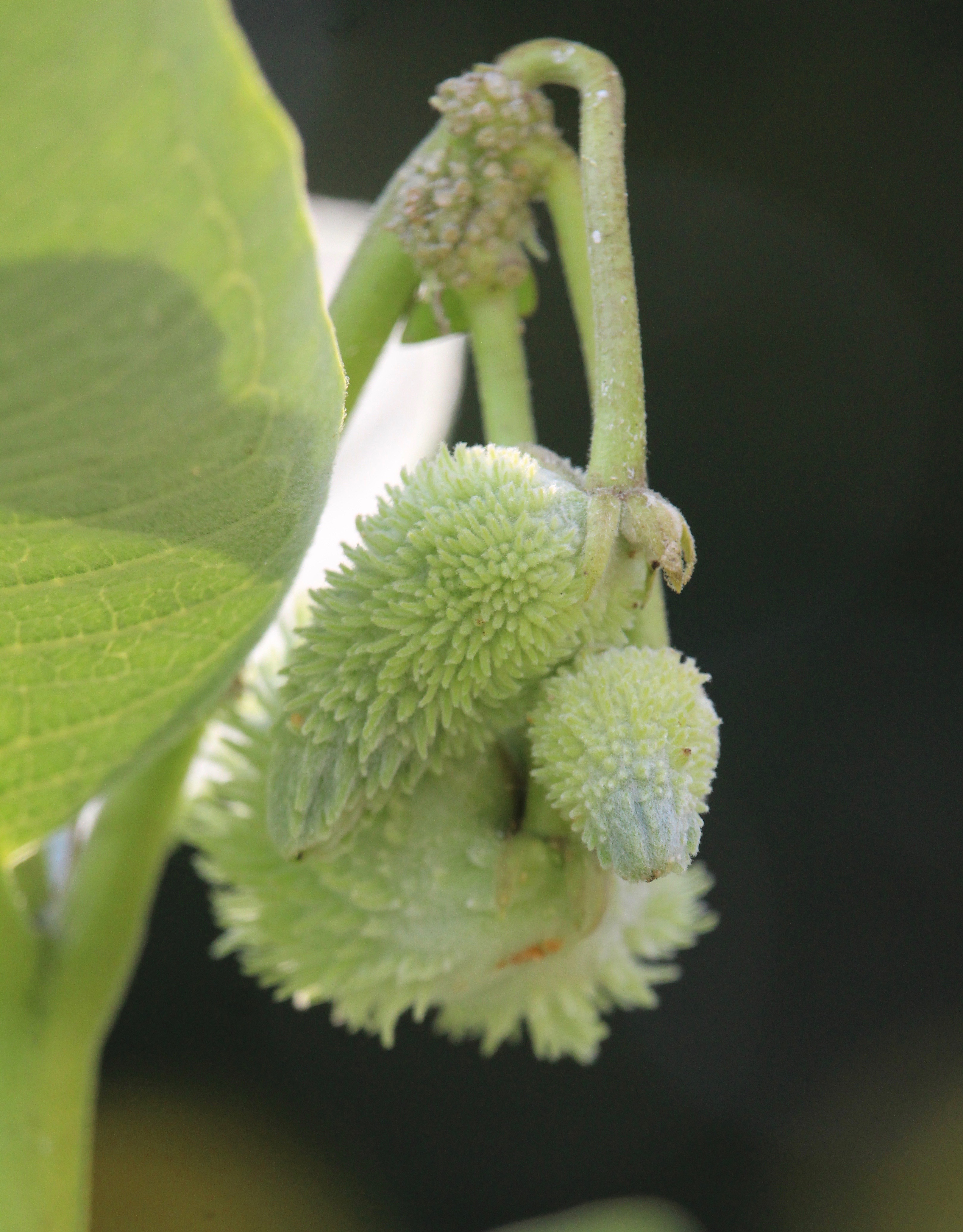
Catherine Boston
One of the things I have loved about doing this blog, is that it allows me to go out into Ivy Creek and just observe. I look at the world differently when I head into it with the specific purpose of finding something interesting and/or beautiful. Today I had my camera with me when I saw this gorgeously shaped milkweed pod and I share it with you simply to celebrate the joy of random moments of beauty (and for plants that can shape themselves to look like ducks).
July 13 2021
July 13, 2021
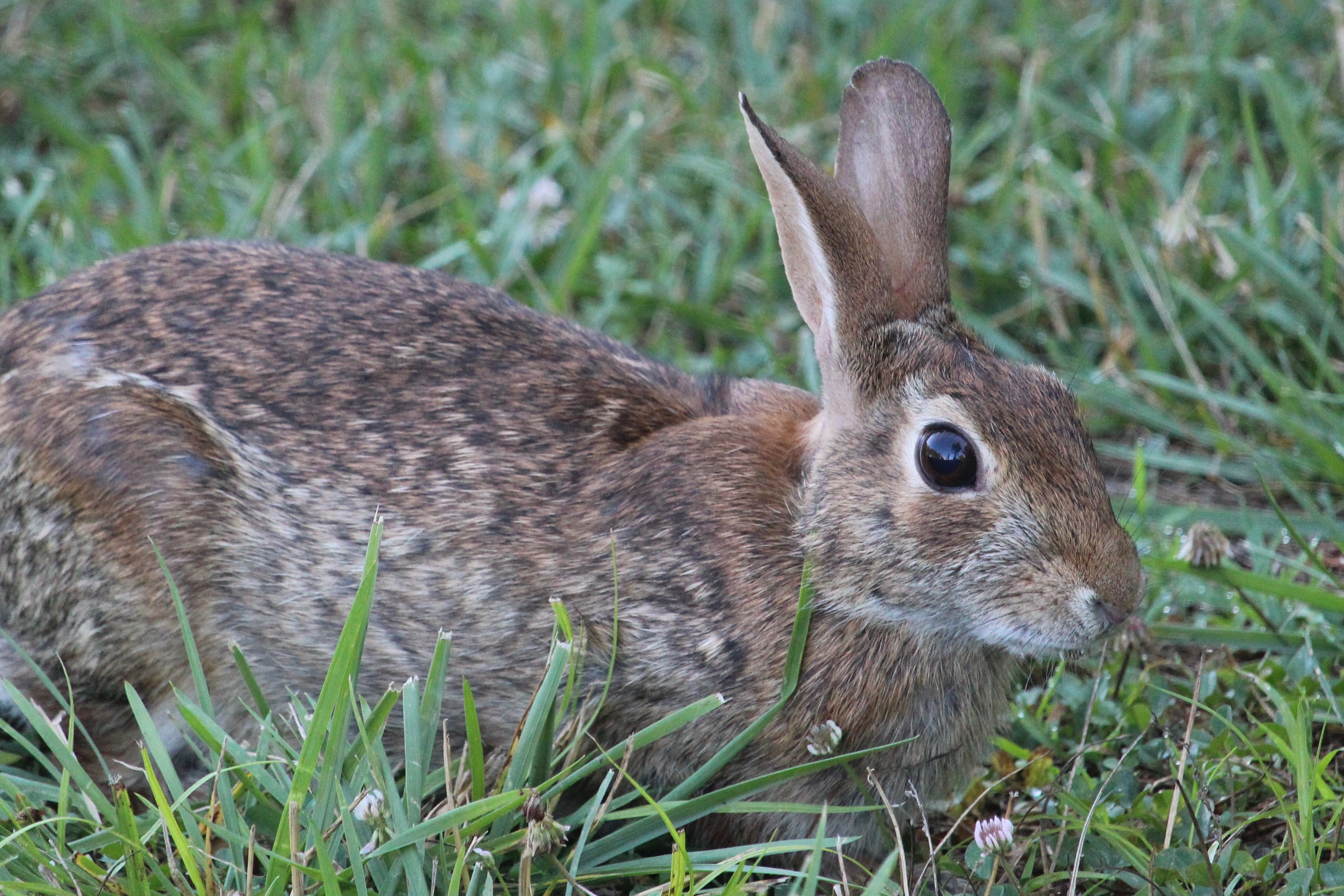
Catherine Boston
It is a beautiful morning here at ICNA. I was greeted at the Kiosk by a family of groundhog and a couple of cottontail rabbits, one of whom decided to escort me part-way to the Education Building. Rabbits are a common sight at ICNA, particularly this time of year. Rabbits have large eyes that are to the side of their heads which allow them great peripheral vision to protect themselves from all those creatures that prey on them for food. They have four incisors (two large ones in front and two behind them) that will continue to grow throughout their lives so it is important that they continue to wear them down by constant chewing. Their skulls are easily identifiable because they are fenestrated--meaning that they have lots of "window-like" openings that give them a lacy quality and make them much lighter. This structure helps to make the rabbit so light on its feet.
July 07 2021
July 7, 2021
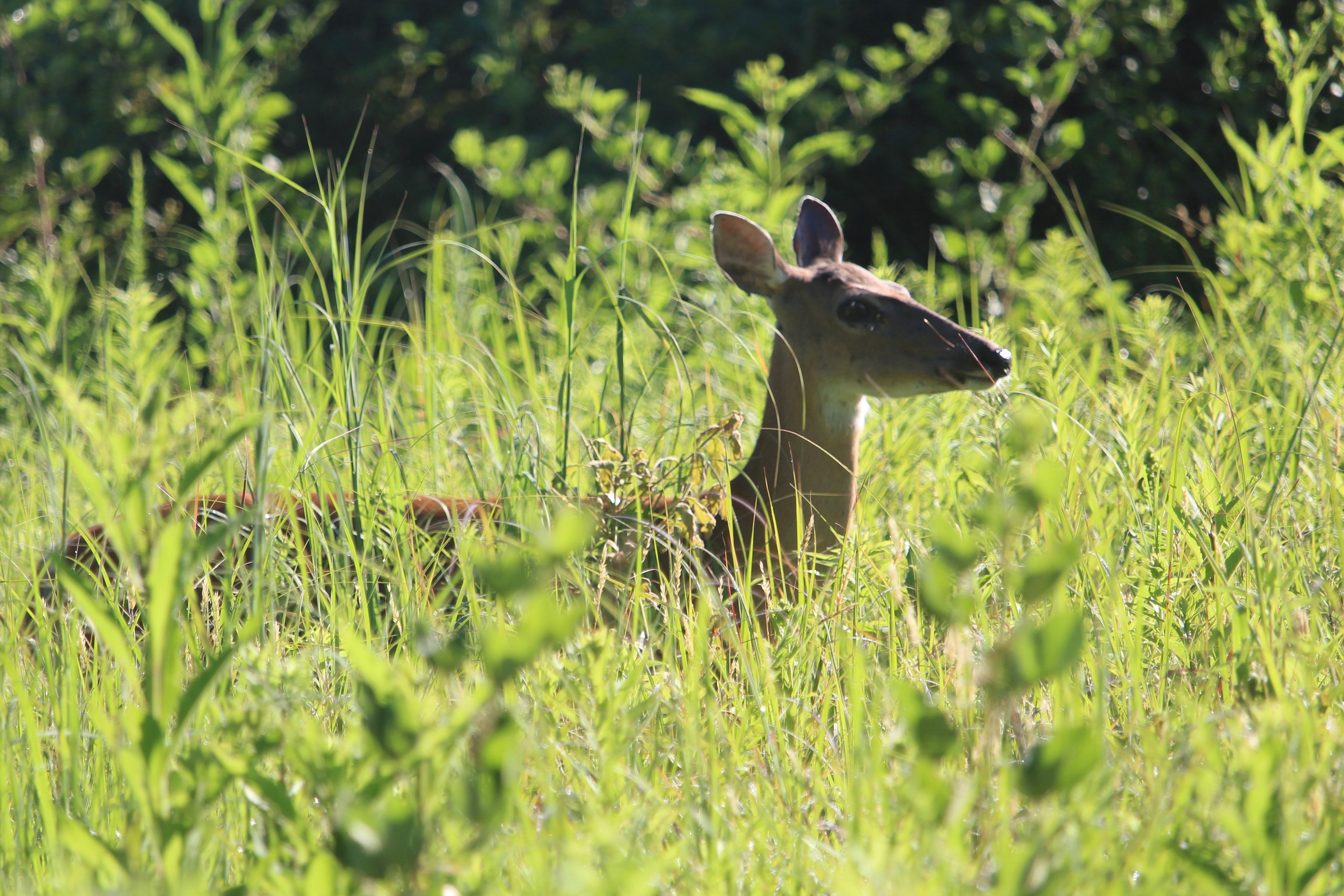
Catherine Boston
An early morning visitor to the South Field of Ivy Creek
July 03 2021
July 3, 2021
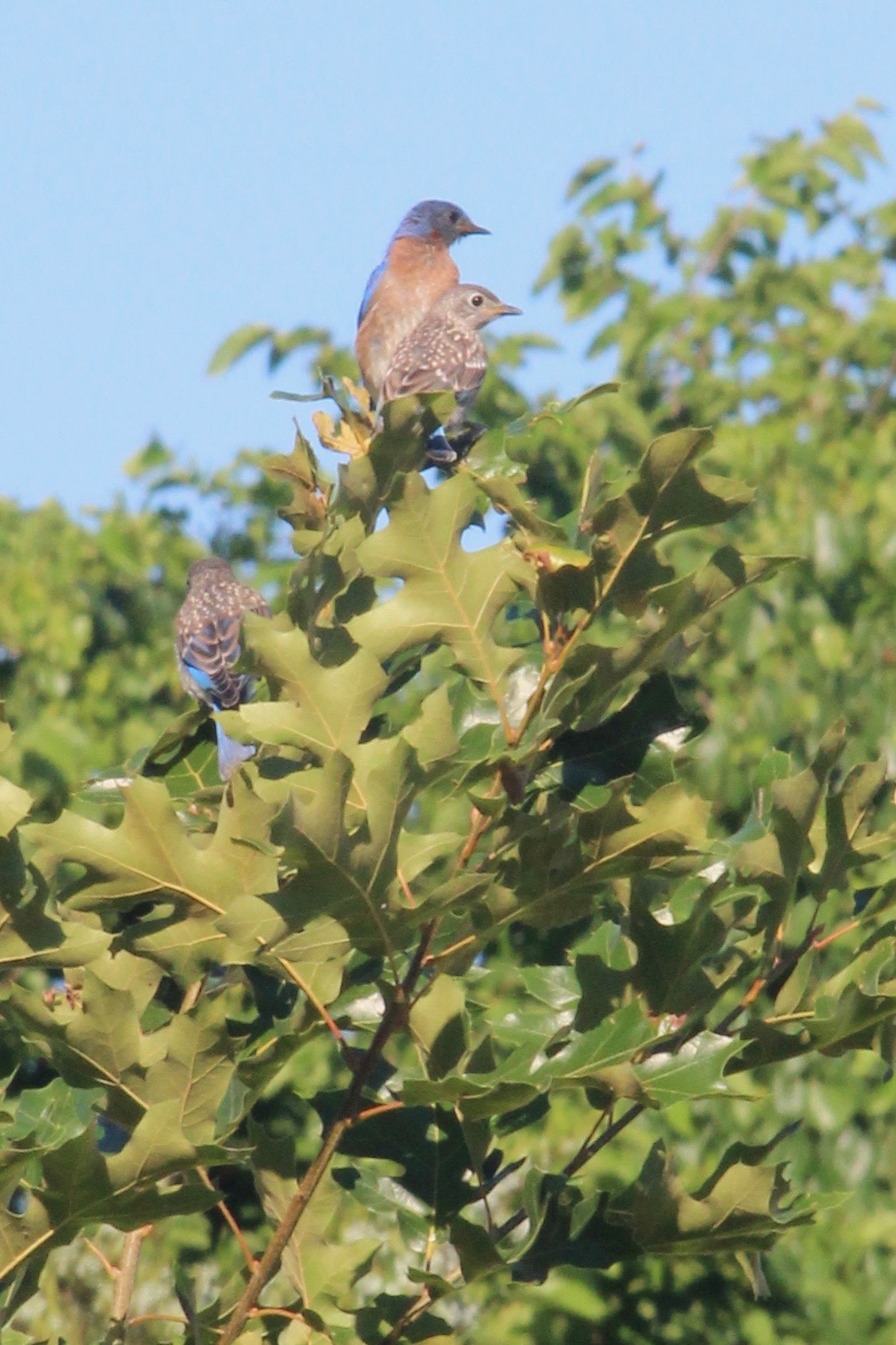
Catherine Boston
The Piedmont Virginia Bird Club held its First Saturday Bird Walk at Ivy Creek this morning, with 29 people attending and absolutely gorgeous weather. I have missed these Saturday morning walks and I am reminded of the generosity of the volunteers who organize them and of those who participate, sharing their knowledge and viewpoints (literally). This is a great group for beginner birders and also for experienced birders who love to share what they know. The group was greeted by a cuckoo singing near the parking lot, spied a pair of orchard orioles, several pileated woodpeckers, a few indigo buntings, a particularly camera friendly hummingbird and this family of bluebirds among other bird sightings.
June 22 2021
June 22, 2021
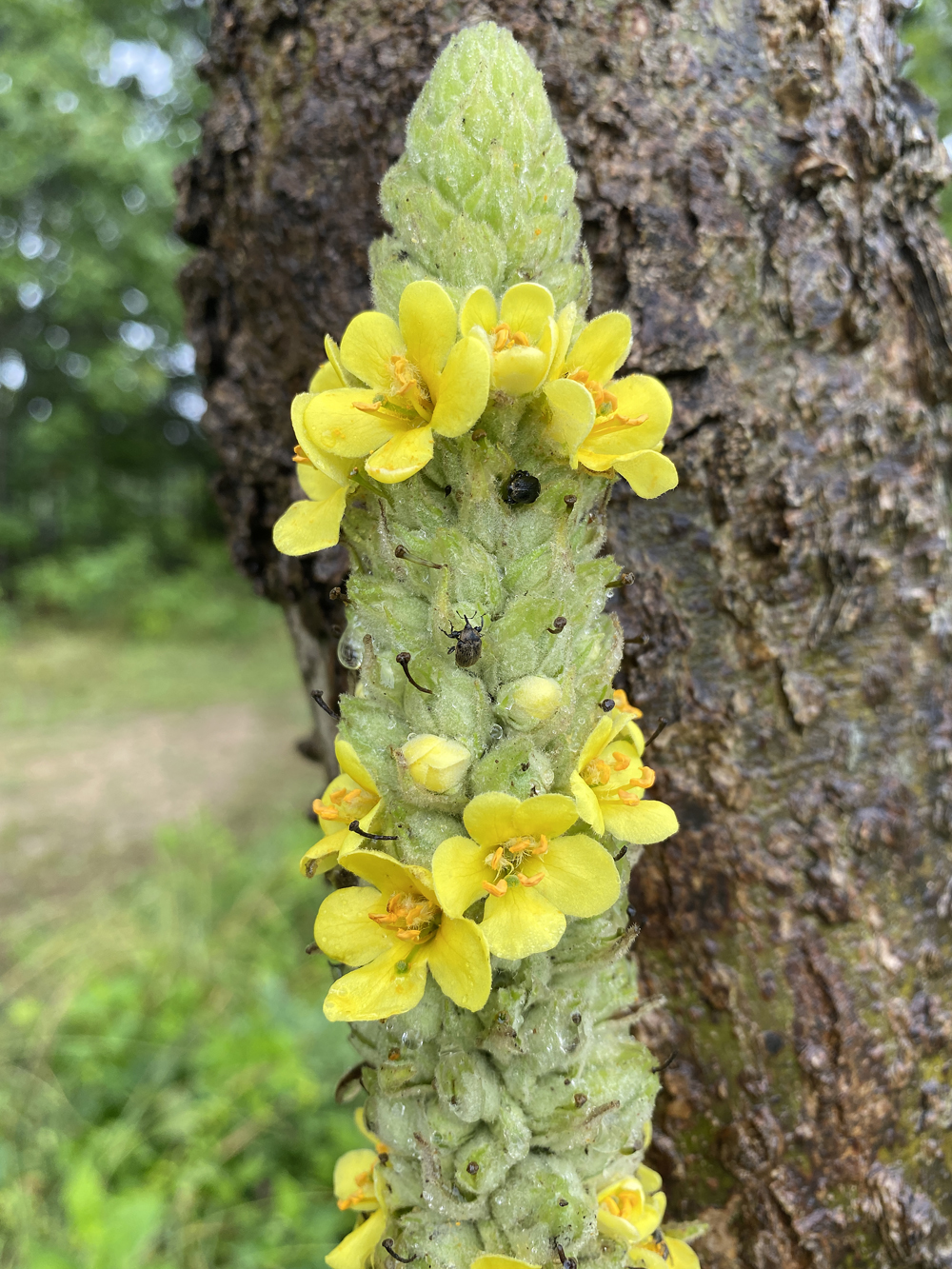
Diana Foster
As summer unfolds (Happy Summer Solstice a few days late), so do the heat loving flowers. Thanks to Diana Foster for sharing this image of a mullein flower stalk in one of the ICNA fields. Not a native, mullein thrives in those dry, poor soil areas where not much else does. I have always loved the vibrant insect world that travels in and out of it's yellow flowers--it feels a bit to me like watching the insect version of Grand Central Station.
June 16 2021
June 16, 2021
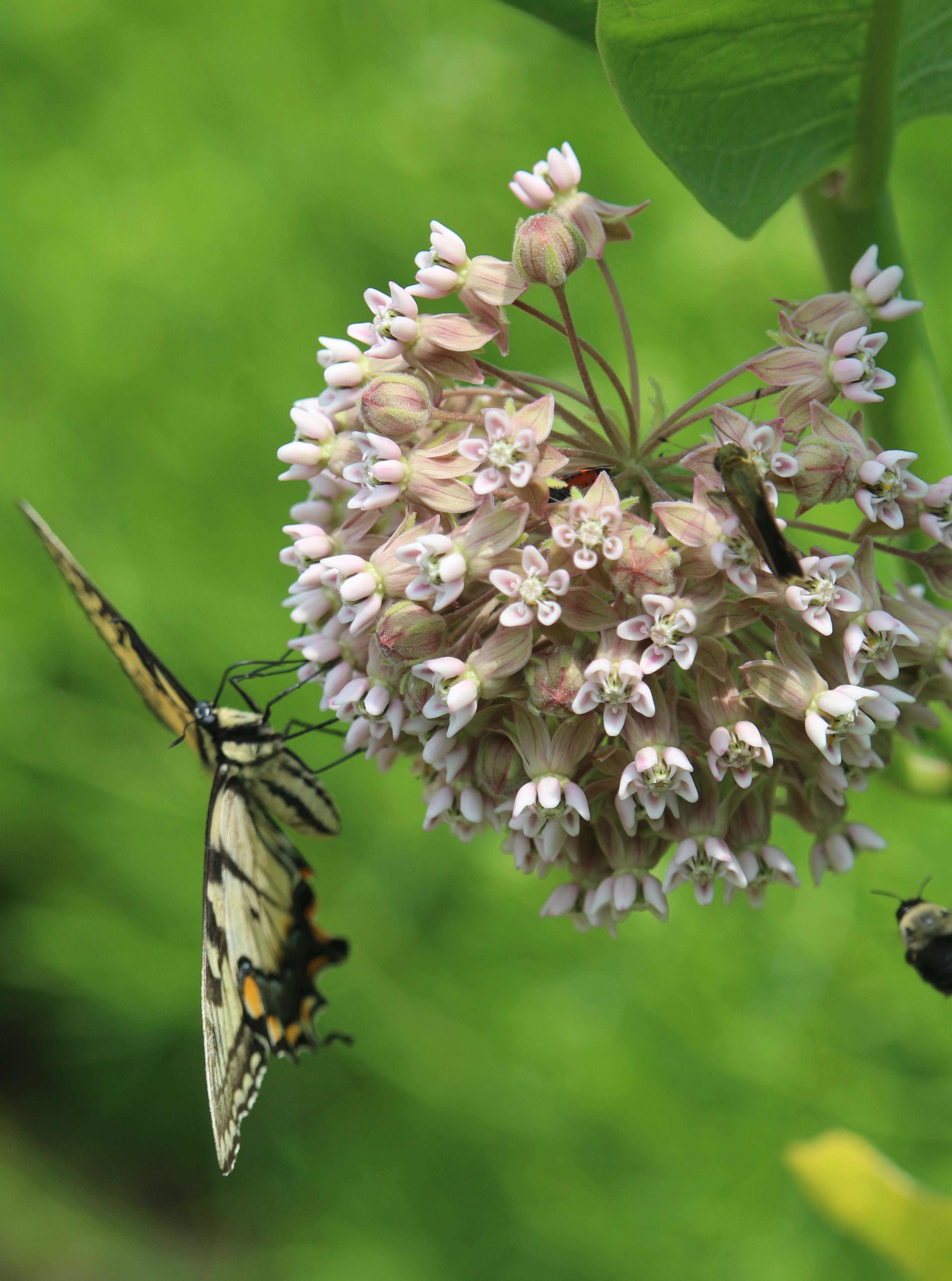
Catherine Boston
June 2020 marked the beginning of the virtual native plant walks that I had the opportunity to create with the Jefferson Chapter of the Virginia Native Plant Society. It was incredibly satisfying for me to be able to find a way to keep people connected with the tradition of plant walks by the remarkable leaders of the VNPS. The virtual tours allowed me a deeper immersion into the plant world and a chance to find a creative way to navigate some of the challenges of the pandemic. While I loved making those walks, I am so pleased that, one year later, the Jefferson Chapter is back and leading these walks in person. We have come a long way in one year.
I got a preview yesterday of a beautiful patch of milkweed that will likely be a stop on Phil's tour on Saturday. If you do not make the walk, itself, do stop down along the paved trail just below the far end of the parking area (and just above the school trail) and have a look for yourself as to why milkweed is considered such an important pollinator plant.
June 01 2021
June 1, 2021
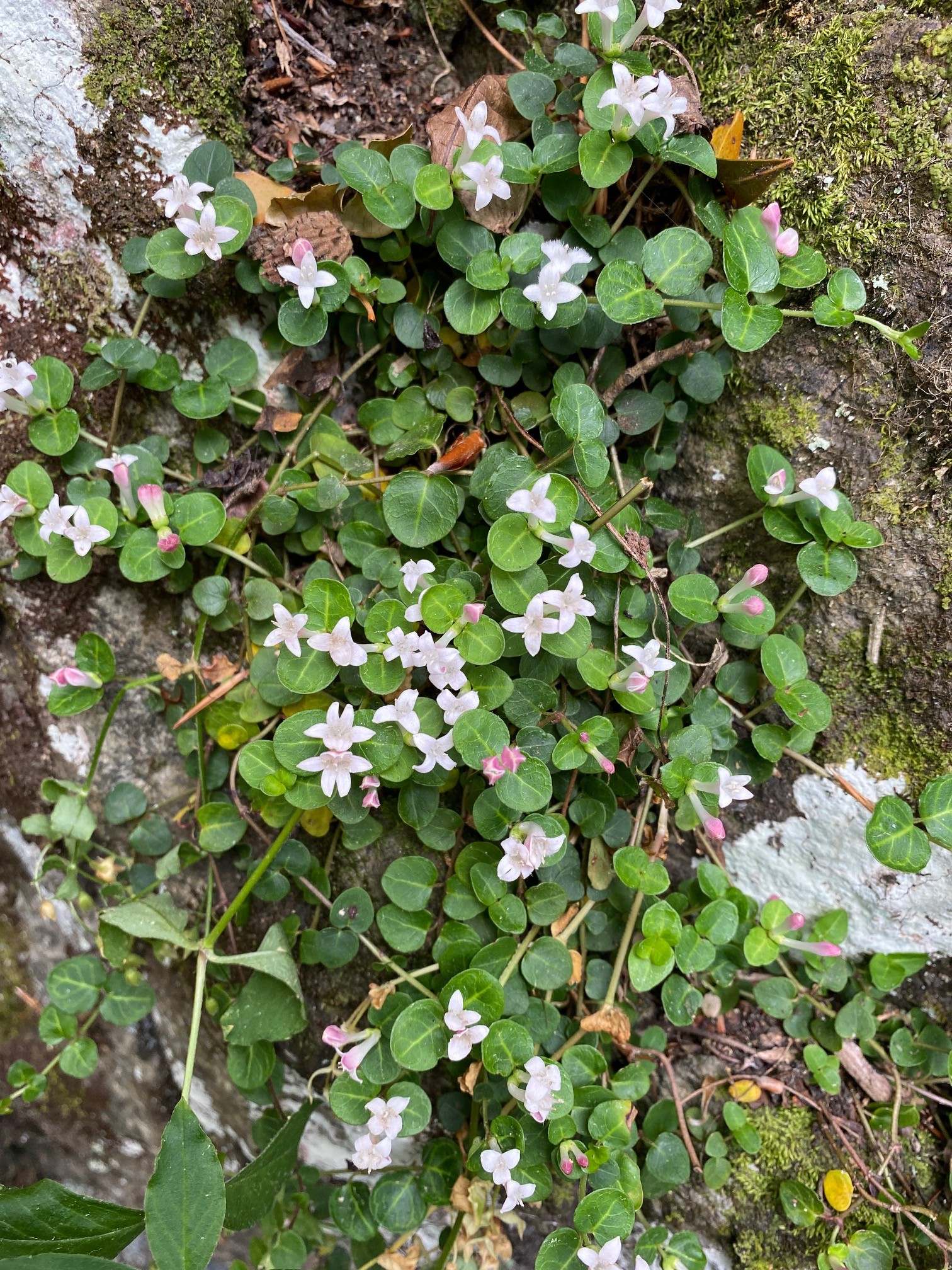
Diana Foster
Diana Foster sent me this photo of a patch of Partridge Berry growing at Ivy Creek. Partridge Berry is a beautiful and fascinating little flower. The flowers appear in the spring and always in pairs. They are dimorphous (those who took the May wildflower walk will remember that Tana talked about bluets also being dimorphous) which means they occur in two distinct forms. In one form the flowers have a short pistil and long stamens. In the other form the stamens are short and the pistil long. This ensures that the flower does not self-pollinate. Here is a link to a U.S. Forest Service webpage describing how the pollinated flower pairs fuse ovaries to create the red berry we see later in the year, including an image of these berries where you can see the two red dots that indicate this fusion.
May 28 2021
May 28, 2021
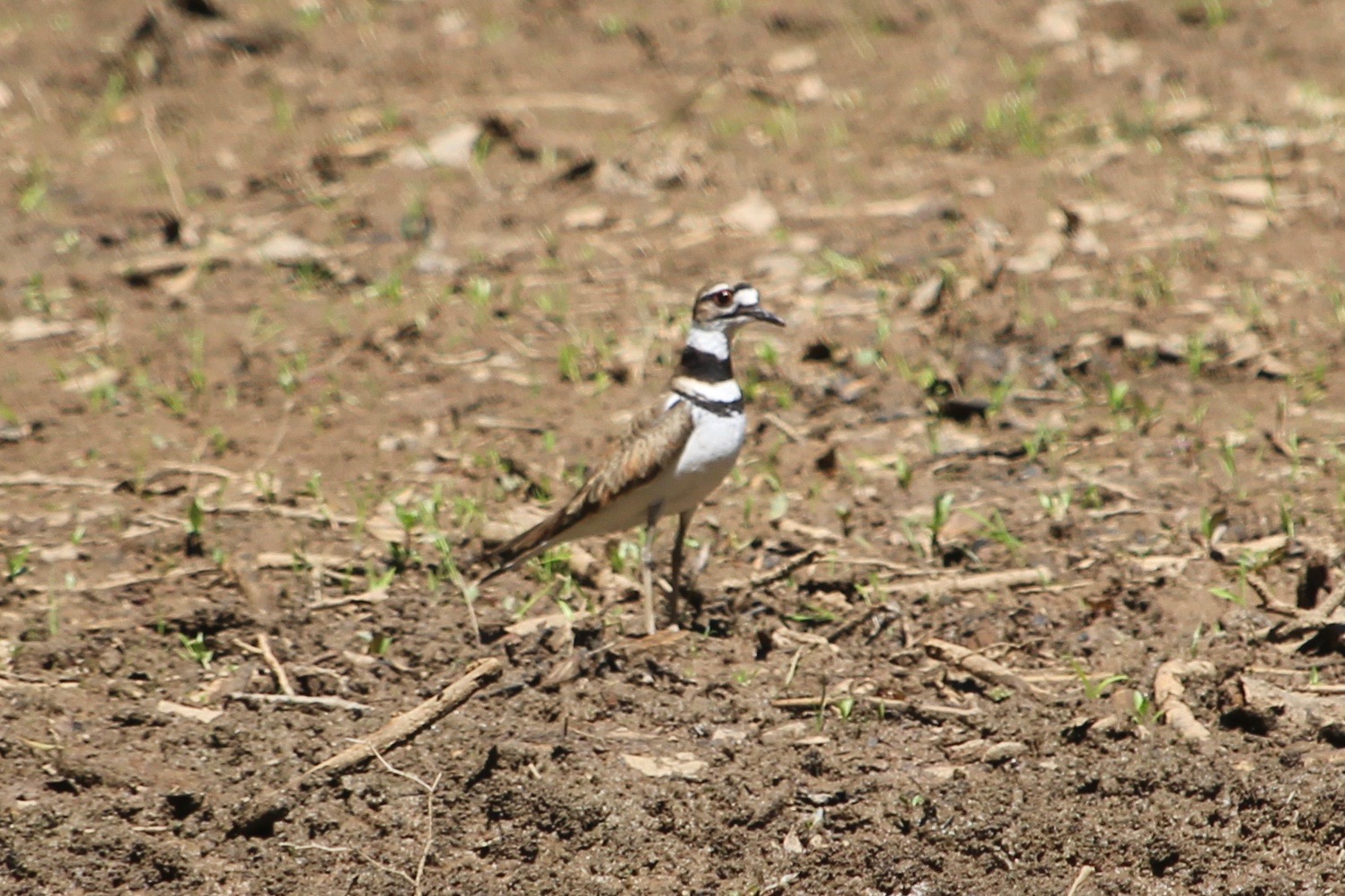
Catherine Boston
I took this picture of a Kildeer down in the marshy area where the Blue Trail meets the Reservoir. The Cornell Lab of Ornithology calls the Kildeer "the shorebird you can see without going to the beach" and it is related to Plovers that you might see at the ocean. Kildeer nest on the ground and I first learned about them when I lived on a farm where I could almost always find them on the ground near one of our hayfields. Like many ground nesting birds, the Kildeer will feign a wing injury to lure a predator away from it's well camouflaged nest. It's name comes from it's high and insistent call.
May 24 2021
May 24, 2021

Bob Gore
Thanks to Bob Gore for this photograph of a Cormorant at Ivy Creek.